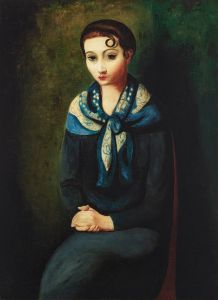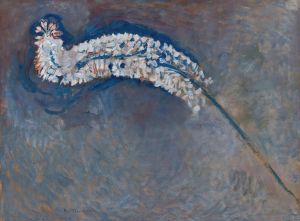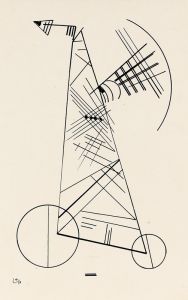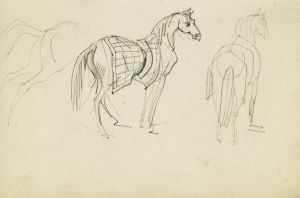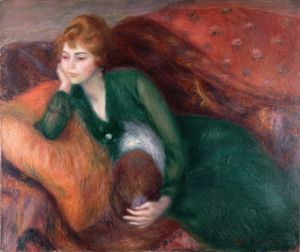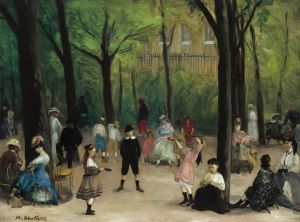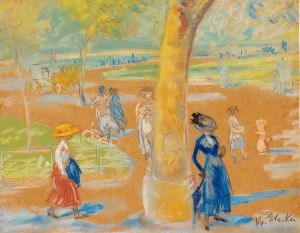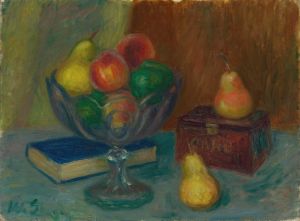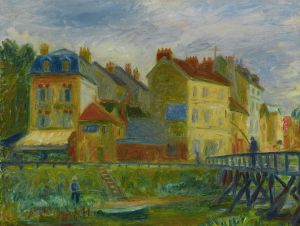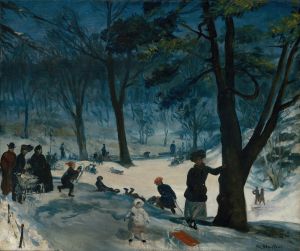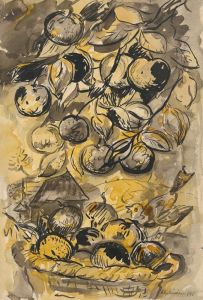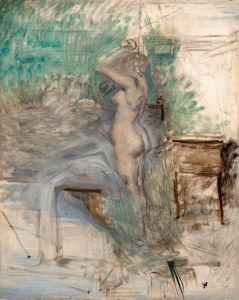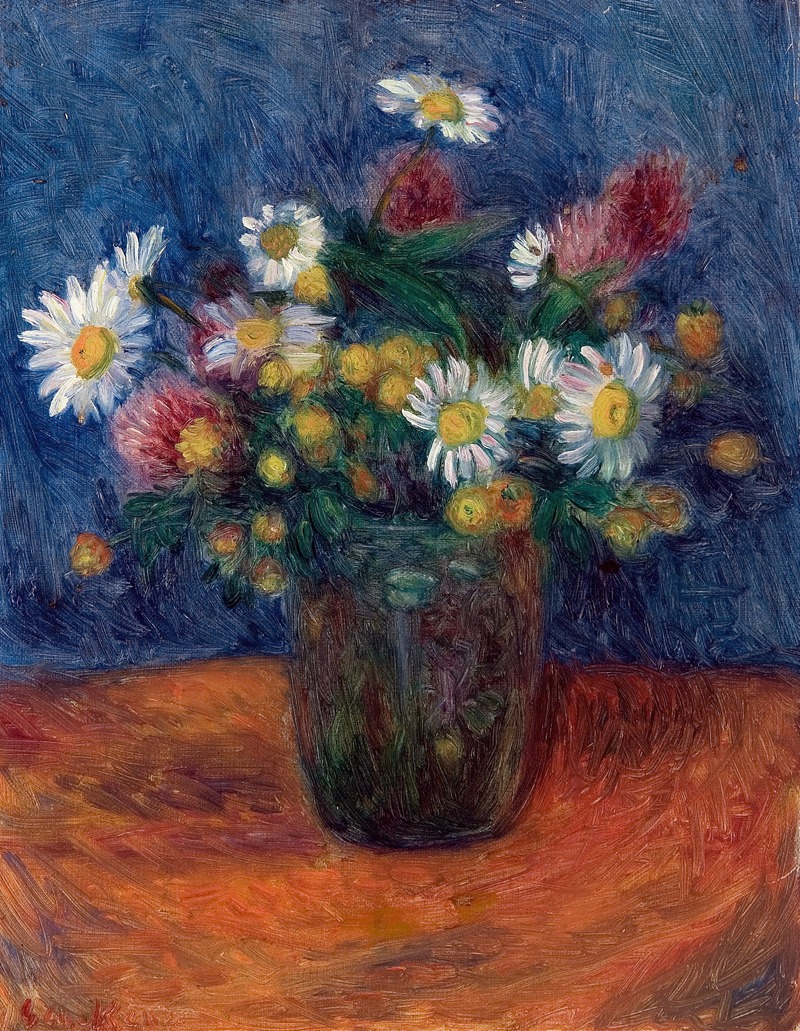
Flowers
A hand-painted replica of William James Glackens’s masterpiece Flowers, meticulously crafted by professional artists to capture the true essence of the original. Each piece is created with museum-quality canvas and rare mineral pigments, carefully painted by experienced artists with delicate brushstrokes and rich, layered colors to perfectly recreate the texture of the original artwork. Unlike machine-printed reproductions, this hand-painted version brings the painting to life, infused with the artist’s emotions and skill in every stroke. Whether for personal collection or home decoration, it instantly elevates the artistic atmosphere of any space.
William James Glackens was an American realist painter and one of the founding members of the Ashcan School, a group of artists known for their depictions of everyday life in New York City during the early 20th century. Glackens is often celebrated for his vibrant use of color and his ability to capture the essence of modern urban life. Among his diverse body of work, "Flowers" is a notable painting that exemplifies his skill in still life compositions.
"Flowers" by William James Glackens is a painting that showcases his transition from the darker, more somber tones of the Ashcan School to a brighter, more impressionistic style. This shift was influenced by his exposure to European art, particularly the works of Pierre-Auguste Renoir, during his travels to Paris. Glackens' friendship with Albert C. Barnes, an art collector who admired and collected Impressionist works, also played a significant role in this stylistic evolution.
The painting "Flowers" is characterized by its vivid colors and loose brushwork, which are hallmarks of Glackens' later work. The composition typically features a bouquet of flowers arranged in a vase, set against a softly lit background. The choice of flowers and the arrangement are carefully considered, highlighting Glackens' attention to detail and his ability to convey a sense of freshness and vitality. The use of light and shadow in the painting adds depth and dimension, creating a dynamic visual experience for the viewer.
Glackens' approach to still life painting was influenced by his desire to capture the beauty and vibrancy of everyday objects. In "Flowers," he employs a palette that includes rich reds, yellows, and greens, which are applied with a fluidity that suggests movement and life. This technique reflects his admiration for the Impressionists, who sought to capture the fleeting effects of light and color in their work.
The painting is also notable for its composition, which balances the arrangement of the flowers with the surrounding space. Glackens' use of color and form creates a harmonious and pleasing visual effect, drawing the viewer's eye into the painting and inviting them to explore its details. The interplay of colors and the subtle variations in tone demonstrate Glackens' mastery of color theory and his ability to create a sense of depth and texture.
"Flowers" is a testament to Glackens' versatility as an artist and his ability to adapt and evolve his style over time. While he is often associated with the gritty urban scenes of the Ashcan School, this painting reveals his capacity to embrace a more refined and delicate approach to subject matter. It highlights his interest in the beauty of the natural world and his skill in translating that beauty onto canvas.
Today, William James Glackens' work, including "Flowers," is celebrated for its contribution to American art and its reflection of the changing artistic landscape of the early 20th century. His paintings are held in numerous public and private collections, and they continue to be studied and appreciated for their artistic merit and historical significance.





